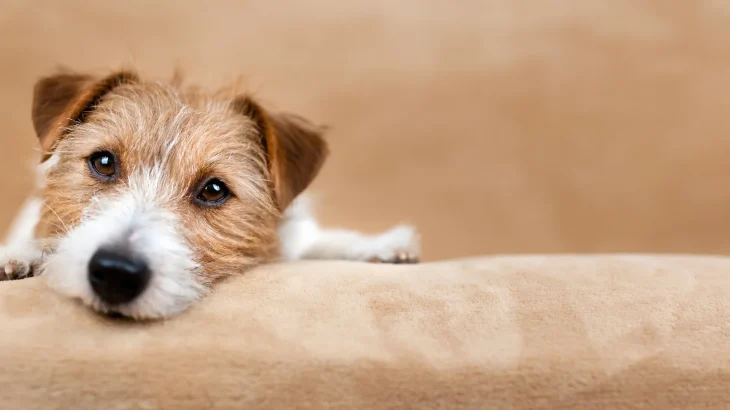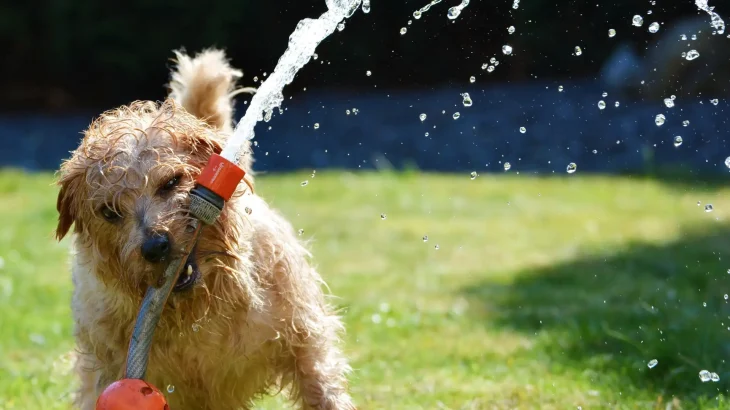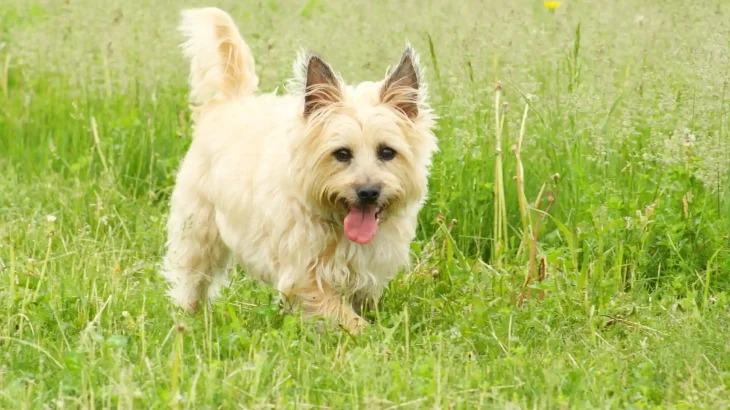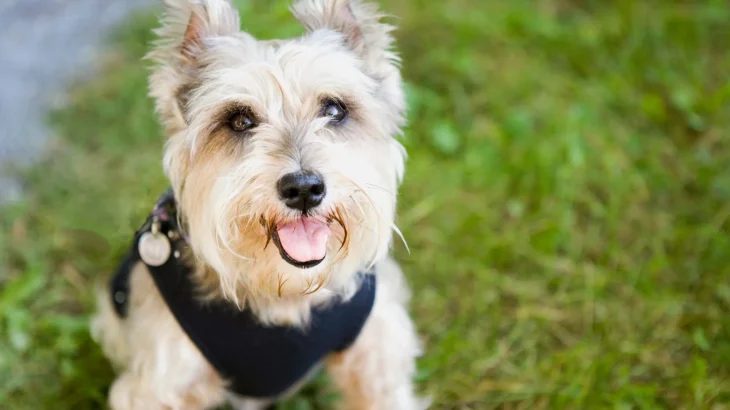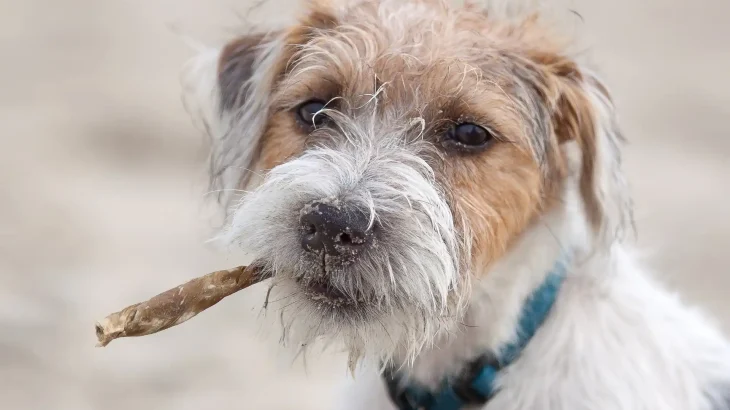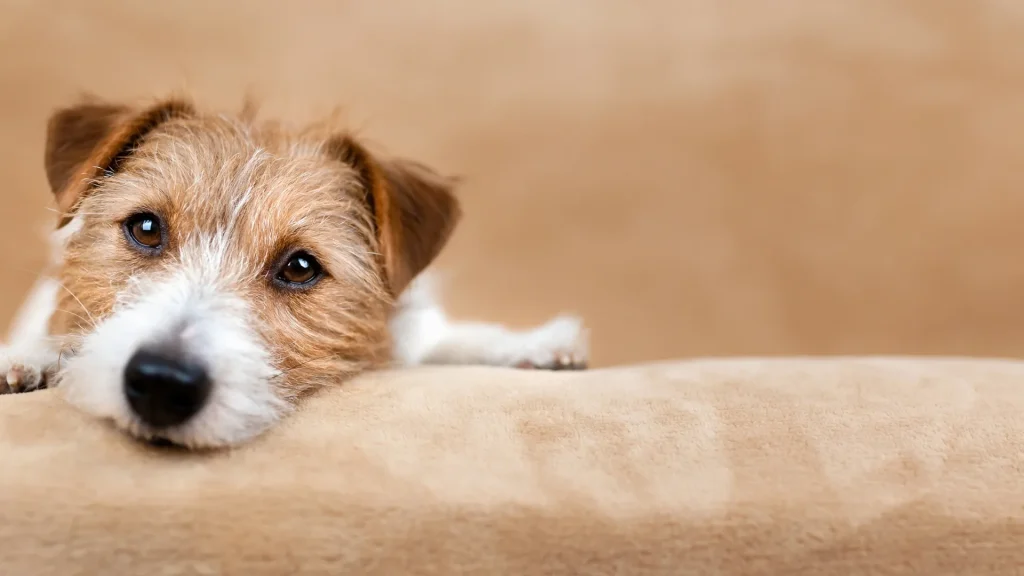Choosing between adopting or buying a Lucas Terrier puppy involves balancing the desire for known lineage and health with the opportunity to provide a home for a dog in need. Purchasing from a breeder often ensures access to pedigree and health details, while adoption offers a chance to rescue a dog regardless of its background.
Adoption vs. Breeder: Pros & Cons
| Criteria | Buying from Breeder | Adopting from Shelter/Rescue |
|---|---|---|
| Cost | Higher upfront cost due to breed rarity and pedigree documentation. | Generally lower fees, reflecting the rescue-oriented nature of adoption. |
| Health History | Comprehensive health screenings and documented lineage typically provided. | Health background may be incomplete, though basic vet checks are standard. |
| Age Availability | Primarily puppies, allowing early-life bonding and development oversight. | Dogs of all ages available, offering flexibility and chance to adopt mature pets. |
| Temperament Insight | Breeders can share insights based on parents and siblings, aiding expectations. | Shelter evaluations provide temperament observations, though some history may be unknown. |
| Supporting Practices | Supports preservation of the breed when sourced from responsible breeders. | Contributes to animal welfare by saving dogs in need and reducing shelter populations. |
| Ethical Considerations | Must ensure breeder prioritizes health and ethical breeding over profit. | Promotes rescue and reduces demand for commercial breeding operations. |

